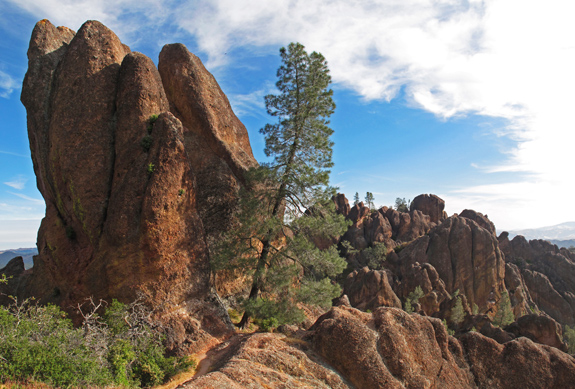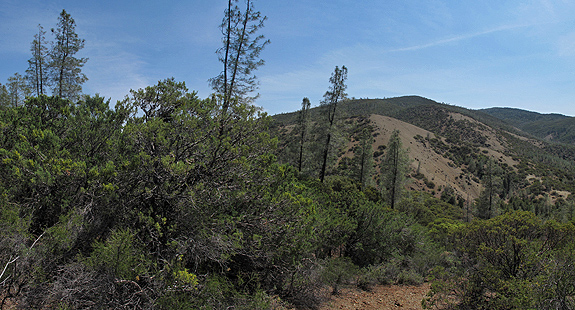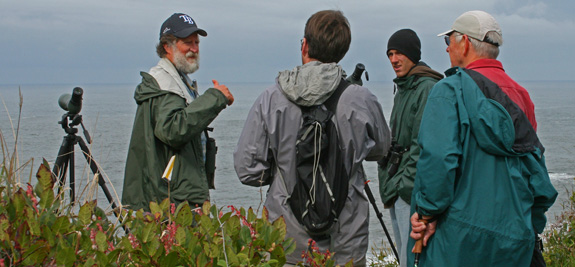Original Pubication DATE: 5/30/2011
On the way to Huntington Beach to pick up a friend, I made a stop to see the northern most stand of Tecate cypress (Cupressus forbesii) in North America. It is an interesting place to visit because it was almost lost to development, but in the courts it was decided that the last wildlife corridor from the Santa Ana Mountains to the Chino Hills was more important than a new neighborhood. The cypresses are protected now in the Coal Canyon Ecological Preserve which is part of Chino Hills State Park. While the area is well studied the trees are difficult for the public to access–at least I could find little about getting to them. There were many bikers in the area, some of whom said the trees were more easily accessed from a different route than I took.

Continue reading “Tecate cypress | Coal Canyon Ecological Reserve”



